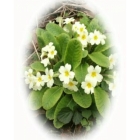 | ||
Perfect for pollinators Native Primrose– Primula vulgaris is one of our most loved native wildflowers. The true native variety has pale yellow flowers which appear as early as February and provide a valuable source of nectar of emerging insects such as bees and night flying moths. In the wild, Primrose is also a food plant for the Duke of Burgundy butterfly that will lay its eggs on the plant. Primroses grow best in shade or semi-shade and are suitable for woodlands, hedgerows, orchards and roadside banks. They have a preference for cool damp sites and can also be introduced into grassy areas. Wild Primroses look stunning when seen growing with snowdrops. The flowering times of both plants overlap in some springs. They also look good alongside other early spring flowering plants such as Red Campion, Bluebells, Wood Anemones, Wild daffodils and Greater Stitchwort. A few alternative names for Primroses include English Cowslip, Jack in Box, Milk Maid, Butter Rose, and Lady`s Frills. How to grow Native Primroses from seed: Sow native Primrose seeds in autumn outside in seed trays and cover lightly with compost. The seed will require a period of cold weather before germinating. Sometimes this is referred to as stratification or vernalisation and for this reason it is essential that the Primrose seeds are left outside over winter to expose them to the cold. Germination should occur the following spring.Seedlings can be pricked out and grown on, for planting out later in the year.Once established primroses will self seed quite readily given the right conditions RHS Perfect for Pollinators. The RHS Perfect for Pollinators mark is only given to plants that support pollinating insects in gardens. Bees, butterflies, moths, hoverflies and many others visit flowers to feed on nectar and pollen; while doing so they transfer pollen and increase seed set and fruit development. Find out more at: rhs.org.uk/plants To discover further Bee friendly plants, simply enter the word "pollinators" into the search box above. To buy Primrose seeds To purchase Primrose seeds, please select a quantity above and click add to cart. To ensure the best chance of success, we sell all of our wildflower seeds by weight, which ensures each wildflower seed packet contains a good quantity of seeds. The recommended sowing rate is 1 gram per square metre, and the number of Primrose seeds per gram is approx. 1300. All of our Wildflower seed packets contain seeds of Native British provenance. Summary: type - perennial, colour - Yellow, height - 0 to 25cms, flowering months - February, March, April, May, habitat - Deep Shade (Dense Woodland), Semi-Shade (Orchards, Hedgerow, Banks, Open Woodland), Caterpillar Food Plant, Attracts Butterflies | ||
Printed 29/12/2025 12:32:07
st78_1 type perennial colour yellow height 0 to 25cms flowers february march april may habitat deep shade dense woodland semi shade orchards hedgerow banks open woodland caterpillar food plant attracts butterflies
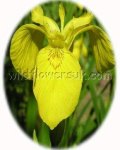
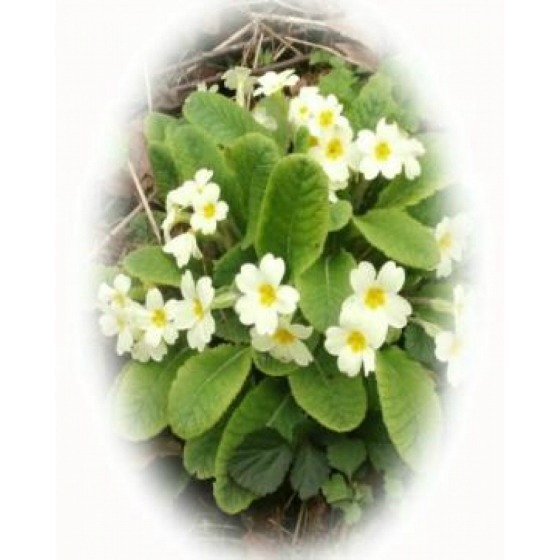
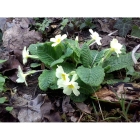
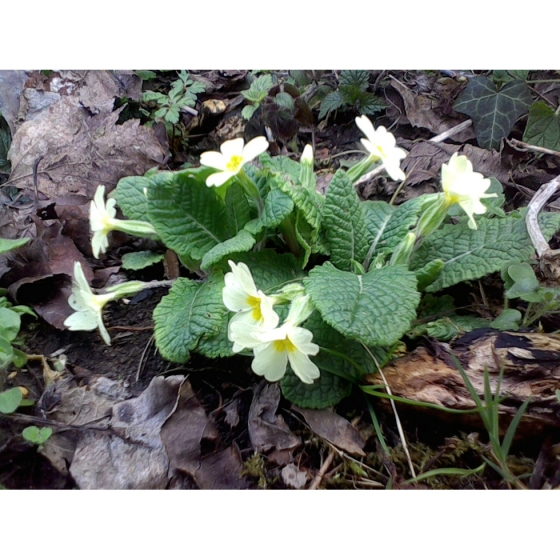
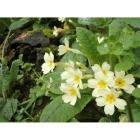
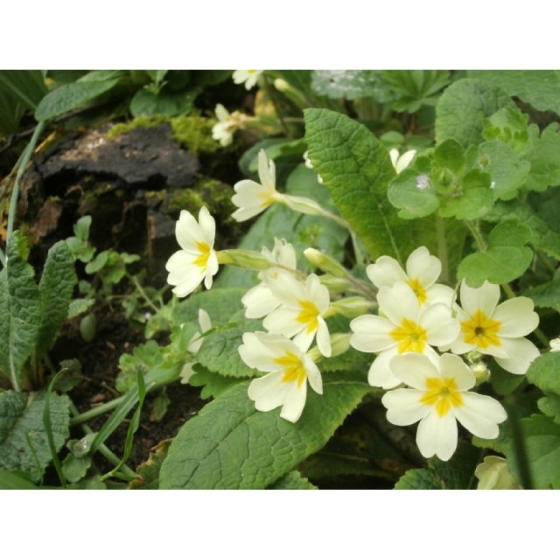
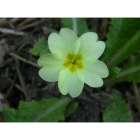
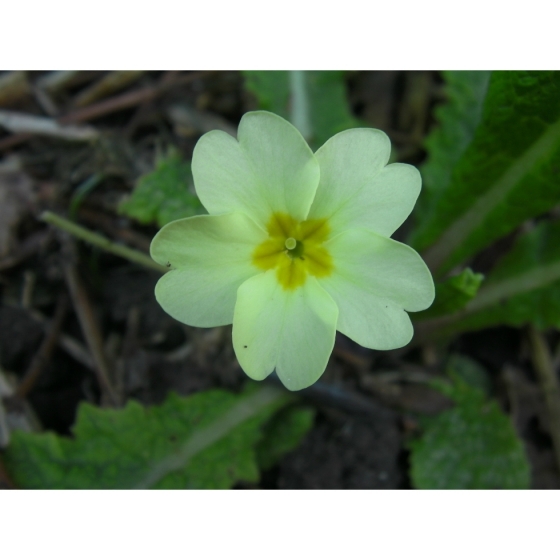



 added to basket
added to basket